This week's staff picks
At the American Society for Biochemistry and Molecular Biology, we love to read as much as we love to write. We also love to talk about what we’re reading. Our office is always buzzing (either with not-so-hushed voices or the ping of email delivery notifications) as we share the inspiring, emotionally compelling, fascinating or simply funny articles or videos we can’t put down or stop watching/scrolling through. So, we figured, why not keep the conversation going?
Here’s a compilation of what our staff has been reading this week. Enjoy, and feel free to tweet us (@ASBMB) your thoughts.
Haunted by his brother, he revolutionized physics (Amanda Gefter, Nautilus)
This article is a few years old and may therefore seem a little dated. But while reading it, you’ll soon (re-)discover the elusive nature of time. Time was much on the mind of physicist John Archibald Wheeler, whose work and career the piece explores. First, he was part of a team frantically building the first nuclear bomb during World War II; he then went on to studying quantum cosmology — a field in which time sometimes seems to “freeze” or where a method of observation of a (quantum) object reaches back millions of years to create the appropriate history of the object; and, finally, he vastly outlived a diagnosis of terminal illness. It’s a rather long piece, but worth taking the time.
George Washington saw a future for America: mules (Alexis Coe, Smithsonian Magazine)
There is no better framing for this whimsical tale, in which our first president finagles his way around paying a premium for top-tier donkeys, than the first sentences penned by its author: “General George Washington, hero of the American Revolution, was world famous in the 1780s, which was exactly the clout he needed to get what he was really after: Spanish ass. The best donkeys in the world came from Spain, but because of their equine superiority, the Spanish monarchy made them illegal to export without royal exemption, a source of great frustration to Washington.
Meet the unlikely hero saving California’s oldest weekly paper (Tim Arnago, The New York Times)
This article is about why Carl Butz, a 71-year-old retiree, bought and saved The Mountain Messenger, a local newspaper in Downieville, Calif. My friend (a writer whose posts brighten my day on a regular basis) shared the piece on Facebook, and it warmed my heart. Butz wrote to readers that he saved the paper because: “The horrible thought of this venerable institution folding up and vanishing after 166 years of continuous operation was simply more than I could bear.” Butz is also quoted in the article describing the reaction of the man who sold him the paper. Butz remembers: “He called me a romantic idealist and a nutcase. And that’s not a paraphrase, but a direct quote.” Local news matters. Community matters. I think the world needs nutcases of the romantic idealist–variety, now more than ever. It comforts me to know there are people out there who believe saving things like The Mountain Messenger are worth it.
A map of global COVID-19 cases (Lauren Gardner and colleagues, Johns Hopkins Center for Systems Science and Engineering)
In the past couple of weeks, I’ve been thinking a lot about the patients, doctors, nurses and public health professionals fighting the novel coronavirus, as well as the tens of millions of people affected by quarantine measures to contain it. I’ve also found myself checking frequently for updates on the outbreak. If you’re in the same boat, check out this site, which maps confirmed cases from around the world and also tracks fatality and recovery rates. One of the things I’ve read about this outbreak is that it’s all happening much more in the public eye than viral outbreaks that emerged in the past — to me, this website is a great example of channeling that visibility for good.
Diagnosis (Netflix)
I really love my younger daughter, but she and I rarely share the same taste in television. She’s a fan of “Say Yes to the Dress” and “Live PD,” whereas I’d rather drift away with “The Great British Bake-Off.” When she started telling me about this show, I was skeptical, but then it started sounding familiar. I had, in fact, first met the concept years ago as a New York Times column in which the symptoms of a mysterious medical case were presented and possible diagnoses explored. The whole idea has now been blown up and out for TV, with internet crowd-sourcing for each case. The show is hosted by Lisa Sanders, the Yale School of Medicine doctor who writes the NYT column, and it’s fascinating/heartbreaking. Lots of people have lots of information, but that doesn’t always equal a cure.
Billy Idol (Ethan J. Weiss, Perspectives in Biology and Medicine)
In this personal essay, a University of California, San Francisco, researcher–physician writes about how he at first dismissed his wife's concerns about the development of their new, towheaded child but later conceded something was wrong when he observed that the baby, nicknamed Billy Idol, wasn't visually tracking. He divulges a bit about coming to terms with being a parent to a child with disabilities, the couple's subsequent family-planning decisions, and, eventually, his thoughts on technological interventions for genetic conditions. This essay is part of a special issue on CRISPR.
Enjoy reading ASBMB Today?
Become a member to receive the print edition four times a year and the digital edition monthly.
Learn moreGet the latest from ASBMB Today
Enter your email address, and we’ll send you a weekly email with recent articles, interviews and more.
Latest in Opinions
Opinions highlights or most popular articles
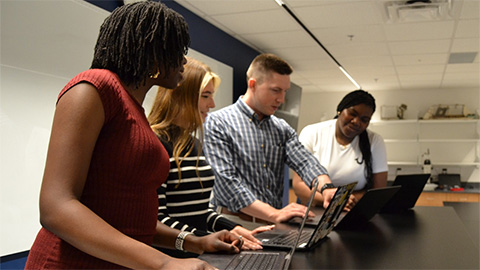
Debugging my code and teaching with ChatGPT
AI tools like ChatGPT have changed the way an assistant professor teaches and does research. But, he asserts that real growth still comes from struggle, and educators must help students use AI wisely — as scaffolds, not shortcuts.

AI in the lab: The power of smarter questions
An assistant professor discusses AI's evolution from a buzzword to a trusted research partner. It helps streamline reviews, troubleshoot code, save time and spark ideas, but its success relies on combining AI with expertise and critical thinking.
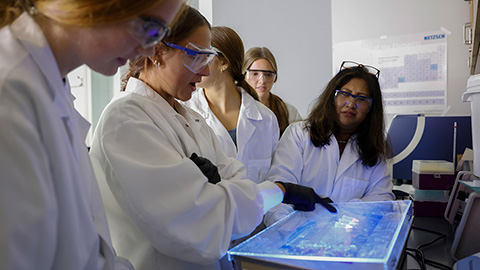
How AlphaFold transformed my classroom into a research lab
A high school science teacher reflects on how AI-integrated technologies help her students ponder realistic research questions with hands-on learning.
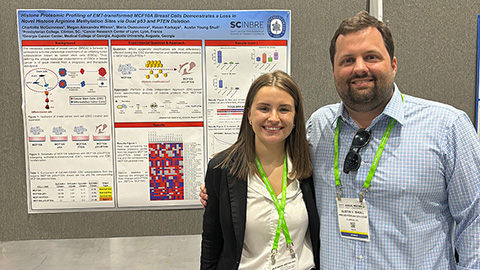
Writing with AI turns chaos into clarity
Associate professor shares how generative AI, used as a creative whiteboard, helps scientists refine ideas, structure complexity and sharpen clarity — transforming the messy process of discovery into compelling science writing.
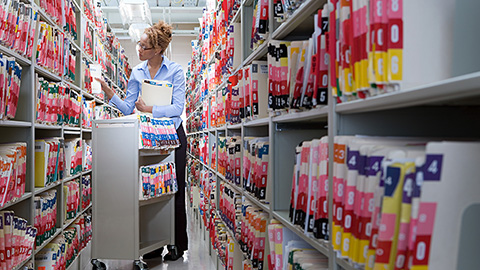
Teaching AI to listen
A computational medicine graduate student reflects on building natural language processing tools that extract meaning from messy clinical notes — transforming how we identify genetic risk while redefining what it means to listen in science.
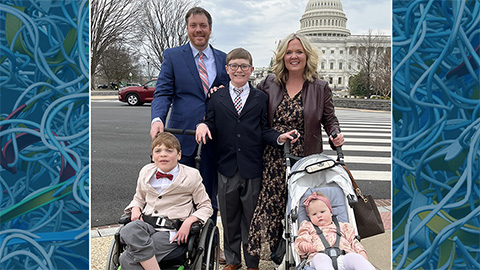
What’s in a diagnosis?
When Jessica Foglio’s son Ben was first diagnosed with cerebral palsy, the label didn’t feel right. Whole exome sequencing revealed a rare disorder called Salla disease. Now Jessica is building community and driving research for answers.
